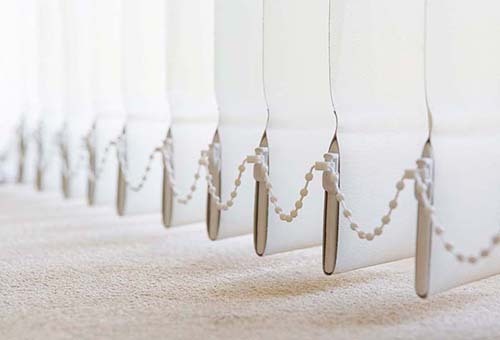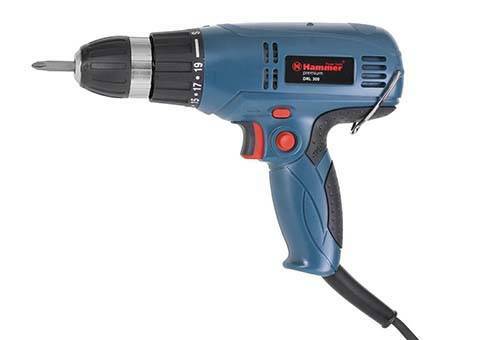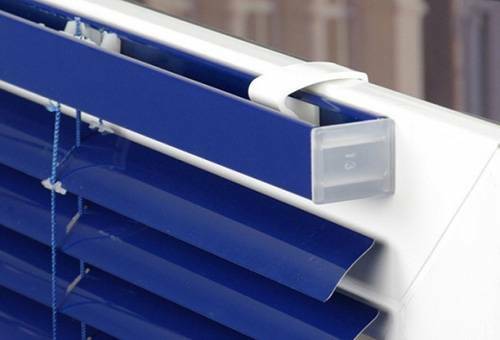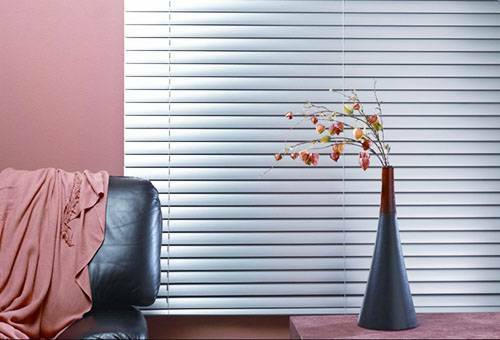Contents:
- Types of blinds and mounting types
- What should I prepare?
- How to install vertical blinds?
- How to attach horizontal blinds to the window profile?
- Mounting of the turn-and-turn mechanism, step-by-step instruction
- Installing the blinds inside the frame
- Additional recommendations
The blinds perform the same task as the curtains - protect the room from the rays of light and immodest looks, but differ in the way of hanging on the windows: both in design andtechnically. Before you hang the blinds, you need to prepare the necessary tools and parts. Their list depends on the type of "swing curtains" and the method of attaching the mechanism to a wall, ceiling, wooden or plastic window.

Types of blinds and mounting types
There are two groups of blinds - horizontal and vertical. Horizontal can be installed inside the frame or on top of it. In the first case, they are attached only to the frame. If they are hung over the window, they can be attached to both the upper slope and the frame. When fastening the mechanism to the slope, it is necessary to drill holes, to the frame it is screwed with screws or by means of special linings.
Horizontal types include the following types of blinds:
- pleated;
- attic;
- are interframe;
- roll( roller blinds);
- bamboo rolling shutters.
Hanging blinds with a vertical arrangement of lamellas - strips of fabric - with fastening to the frame is impossible, so here drilling is an essential element of installation. Such blinds can differ only in length - up to the window sill or to the floor, like classic curtains.
Based on the features of designs of different types of blinds, several types of fastening can be distinguished:
- inside the doors - horizontal interframes;
- on the door leaf, without drilling - all types of horizontal;
- to the upper slope with drilling - all types except mansard and interframe;
- to the wall above the window or the ceiling with drilling - vertical.

What should I prepare?
If you need to fix the blinds with drilling under the dowels, you need to prepare a drill and pick up a drill, depending on the type of walls. In the case of mounting on the plastic windows on the sash panel, purchase the appropriate overhead brackets and prepare the socket wrench. The rest of the kit for mounting is universal:
- tape measure;
- screwdriver or Phillips screwdriver;
- joinery pencil.
How to install vertical blinds?
You can install vertical blinds in two ways: inside a window opening or on top of it. In the first case, fasteners are made to the upper slope, and in the second - to the ceiling or wall above the window.
In both cases, the sequence of actions is the same.
- Attach the cornice from the kit to the wall in such a way that the center of the cornice coincides with the center of the window and make marks on the edges.
- From the marks, retreat by 5-6 mm towards the center of the window and outline the places for drilling.
- Attach one of the slats to the mark and check that its bottom is at a level of 1 cm from the sill or 1-2 cm from the floor. If the height does not match, then the marks under the dowel must be moved down or up.
- Drill drill holes for dowels.
- Fasten the brackets with screws and dowels.
- Attach the screwdriver or screwdriver clips to the bracket.
- Snap the cornice into the clips. This may require a little effort.
- Assemble the vertical blinds: insert the lamella hangers into the runners of the eaves and connect them at the bottom with chains. The chains snap into the ears of the weights at the bottom of the slats on both sides.
In the case of fixing to the ceiling, there is only one difference - the brackets are not needed here, the clips are screwed with screws and the cornice snaps into place.
Board
The lamellas must be hung in exactly the same order as they are stacked in the package. Otherwise, you can break the picture of the blinds.

How to attach horizontal blinds to the window profile?
Recently, manufacturers produce plastic profiles, which provide fastening of blinds. But if the windows are old, it's okay too. In this case, to hang the blinds with horizontal lamels on the sash, you will need to purchase overhead brackets or screws. Brackets are attached to the plastic window, to the frame, using the socket wrench.
Attachment of turn-and-turn mechanism, step-by-step instruction
- Attach the brackets / blinds from the kit at the top of the window wing with screws or screws.
- The carrier system clicks into the holders - the cornice. If in the configuration of the corners, the cornice is screwed to them.
- To the bottom plastic profile are attached the corners with the retainers of the line. They should be located strictly opposite the line.
- The line is threaded into the hole of the corner, and then refueled in the lock.
- To prevent the line from slipping, tighten the adjusting bolt on the lock.
Tip
When installing, do not mix the left-hand and right-hand mechanism. The control knob should be located on the side of the canopies.

Installation of blinds inside the frame
To the wooden window of a paired construction or plastic of the old type, installation of inter-frame blinds is possible. To do this, the distance between the panes should be not less than 3 cm. Mounting the mechanism inside the window is a bit more complicated than fixing on the leaf. In addition to fixing the bracket, drilling in the frame is necessary to ensure the output of the control of the rotary-lifting mechanism.
- Drill two holes( one above the other) in the profile on the side of the canopies above the top shed at the top of the inner sash.
- On the upper profile, fix the inter-frame brackets.
- Snap the curtain rod into the brackets.
- Unscrew the control cord and pass it through the bottom hole and through the guide spring.
- Remove the flexible rod from the top opening.
- Clamp the flexible stem and control knob.

Additional recommendations
Before buying blinds, you need to make measurements. If it is a model with vertical lamellas and fastening to the wall or ceiling, then the width of the window opening is measured and to it is added approximately 20 cm. Then the lamellas will cover a little of the wall, like classic curtains. The height is measured from the location of the intended attachment to the window sill or floor, minus 1-2 cm. If the blinds are attached to the window slope( both vertical and horizontal), then after measurement from the width and height it is necessary to take 2 cm.
Measurements for horizontal blindshang on the leaf, perform differently. The width is counted from the glazed to the glazing bead( including its width), and the height depends on the method of attachment. It is best to measure the height of the leaf and consult with the vendor, indicating how the cornice will be hung - on self-tapping screws or overhead brackets.
When taking measurements, double-check them at several points. For example, the height and width of the opening must be measured at a minimum of three places. Remember that lamellas can not be shortened or increased, so only accurate initial data will help to order blinds of the appropriate size.



